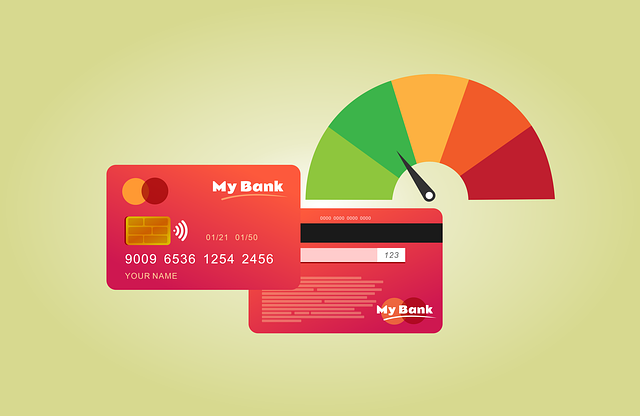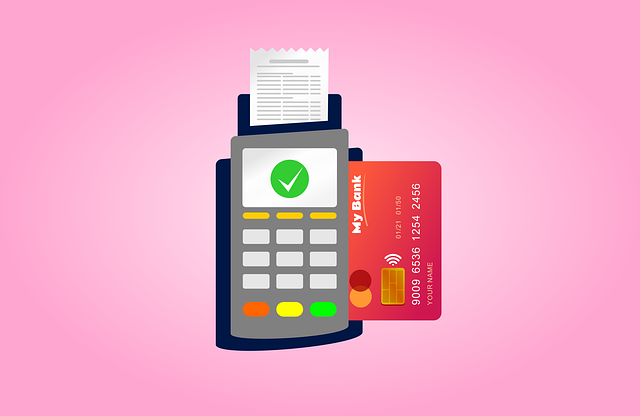Invoice financing is a cash flow solution for businesses, especially SMEs, offering an alternative to traditional loans. By converting outstanding invoices into immediate funding, it helps manage uneven cash flows and supports growth. Benefits include flexible terms, no collateral required, and rapid access to funds. However, potential drawbacks like high interest rates and supplier relationship disruptions should be considered. When applying, businesses should research providers, compare fees, and align the solution with their financial needs and goals, ensuring cost-effectiveness.
In today’s competitive business landscape, understanding various funding options is crucial. Among them, invoice financing stands out as a game-changer, offering unique benefits tailored to businesses’ needs. This article delves into the world of invoice financing, exploring its advantages and how it differs from traditional loans. We’ll guide you through the application process, demystifying each step, and providing an overview of leading providers. Discover the potential of invoice financing benefits, weigh the pros and cons, and unlock your cash flow’s true capabilities.
- Invoice Financing Benefits: Unlocking Cash Flow Potential
- – Exploring the advantages of invoice financing for businesses
- – How it improves cash flow management and financial stability
Invoice Financing Benefits: Unlocking Cash Flow Potential

Invoice financing benefits are numerous when compared to traditional funding options like loans. It offers businesses a powerful way to unlock their cash flow potential by converting outstanding invoices into immediate capital. This alternative funding method is particularly advantageous for companies with uneven cash flows or those seeking short-term financial support. Instead of waiting for customers to settle their debts, invoice financing providers inject funds into the business, enabling it to cover operational expenses, capitalize on growth opportunities, or simply manage cash flow more effectively.
How invoice financing works is quite straightforward. Businesses apply for this service by submitting their invoices to a provider, who then advances a percentage of the total amount (less any fees). Once the customer pays the invoice, the provider reimburses them with the outstanding balance, minus their agreed-upon fee. This process offers several pros, including no collateral requirements, flexible terms, and rapid access to funds. However, it’s not without its cons; high interest rates and potential disruptions in supplier relationships are key drawbacks that businesses should consider before opting for invoice financing over traditional loans or other funding sources. When choosing an invoice financing provider, companies should carefully evaluate their offerings, fees, and the overall fit with their financial needs and goals.
– Exploring the advantages of invoice financing for businesses

Invoice financing offers a unique and beneficial solution for businesses seeking funding. One of its key advantages is providing immediate access to cash flow, which is particularly useful for companies with healthy but unpaid invoices. Instead of waiting for customers to settle their accounts, invoice financing allows businesses to unlock this pending revenue, offering a quick injection of capital. This can be a game-changer, especially during periods of high operational costs or unexpected cash flow gaps.
When considering invoice financing vs. traditional loans, it presents several pros. It has less stringent eligibility criteria compared to bank loans and often requires no collateral. The process is relatively straightforward; businesses apply for financing through trusted providers, who then sell the invoices back to the company once paid. This method provides a flexible funding option with minimal disruption to a company’s financial operations. However, it’s crucial to understand the cons too; fees and interest rates can vary widely among invoice financing providers, so thorough research is essential before applying.
– How it improves cash flow management and financial stability

Invoice financing offers a strategic approach to enhancing cash flow management and financial stability for businesses. By utilizing this funding option, companies can transform their accounts receivable into immediate capital, providing a steady stream of cash flow. This is particularly beneficial for small and medium-sized enterprises (SMEs) that often deal with lengthy payment terms from clients. Instead of waiting for payments, invoice financing allows businesses to access the money they are rightfully owed, enabling them to meet short-term financial obligations, fund operational expenses, or even reinvest in growth opportunities.
When compared to traditional loans, invoice financing presents several advantages. Unlike loans that require collateral and often have stringent eligibility criteria, invoice financing is based on the value of existing invoices. This means businesses with strong billing cycles but limited credit history or assets can still gain access to funding. The process typically involves applying through reputable invoice financing providers who assess the quality and quantity of outstanding invoices. Upon approval, funds are released promptly, offering a quick solution for immediate financial needs. However, it’s crucial to weigh the pros and cons, as interest rates and fees may vary among providers, impacting the overall cost-effectiveness of this funding method.






